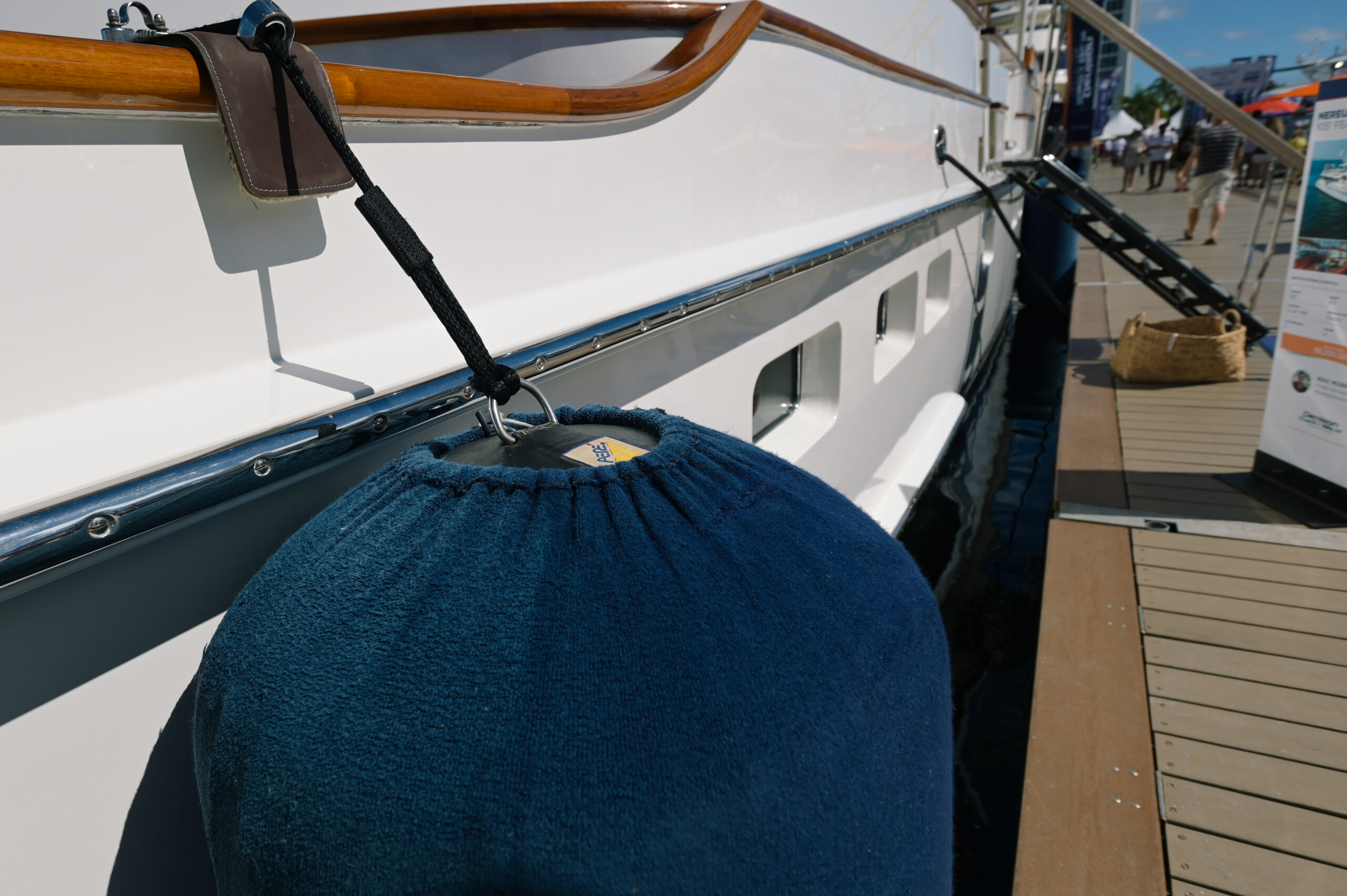Fenders are one of the most important items a boat owner can have onboard, for vessels of any size. They are a key component in protecting vessels of any size from making contact with a dock, or even another vessel. How a boat owner chooses to secure their fenders is almost as important as having them altogether. Making sure that the proper type of knots is being used to secure the fender and ensure maximum protection is vital.
While there are essentially thousands of knots boat owners could use in various situations, over the years, it has been found that the best knots for securing fenders are the clove hitch, the rolling hitch, and the half hitch. However, before securing your fenders and tying your knots, it is essential to follow these simple steps, which will set you up for success:
- Proper Spacing – A good rule of thumb for fender spacing is one fender per 10 feet of waterline, with a minimum of three fenders.
- Proper Placement – Place fenders equal distance apart, always making sure to place one fender at the widest point of the vessel.
- Proper Positioning – Assess whether it is best to hang your fenders vertically or horizontally, based on your surroundings, and the likelihood of contact with each position.
When securing your fenders, make sure to stand on board, directly in front of the contact point you are protecting from. Decide on the position and height of your fender, and securely tie the fender in place. The type of knot used to secure your fenders is a personal preference, but we’re going to highlight the three best knots for fenders that have been found to be the most effective.
The Clove Hitch
The clove hitch is considered to be one of the most important knots when it comes to boating. This knot is useful when the length of the running end of the rope needs to be adjustable, making it a perfect option for securing fenders. To tie a clove hitch, first lay the rope over the rail, with the fender attached to the opposite end. Next, wrap the line halfway around the rail, then underneath. Next, pull the line up and over the part of the line that is laying on the rail, forming an “X” with the line. Complete the “X” by pulling the line under and half-way around the rail once more. Pull the working end of the line underneath this loop, pulling the line tightly. The weight of the fender will pull down on the knot, keeping it tight and in place.
The Rolling Hitch
The rolling hitch is a knot used to attach a rope to a rod, pole, or another rope. The rolling hitch is designed to resist lengthwise movement for only a single direction of pull. To tie a rolling hitch, start by wrapping the rope around the rail of the boat once. Next, make another wrap around the rail, completing a round turn. The wraps of the round turn should progress towards the desired direction of pull. Pull the rope tightly through the loop of the opening to secure it.
The Half Hitch
The half hitch is a simple overhand knot, where the working end of a line is brought over and under the standing part. To tie a half hitch, first lay the rope over the railing. Next, bring the end under the standing part of the rope. Bring the end up and pass it through the eye of the loop you just formed. Pull tightly to secure the rope.
No matter the type of fenders you have, by using one of the best knots for fenders, you can ensure the protection of your vessel. The clove hitch, the rolling hitch, and the half hitch are all tried and true solutions when it comes to securing your fenders. In using any of these knots, you can have peace of mind knowing that not only are your fenders secured, but your vessel is protected as well.









